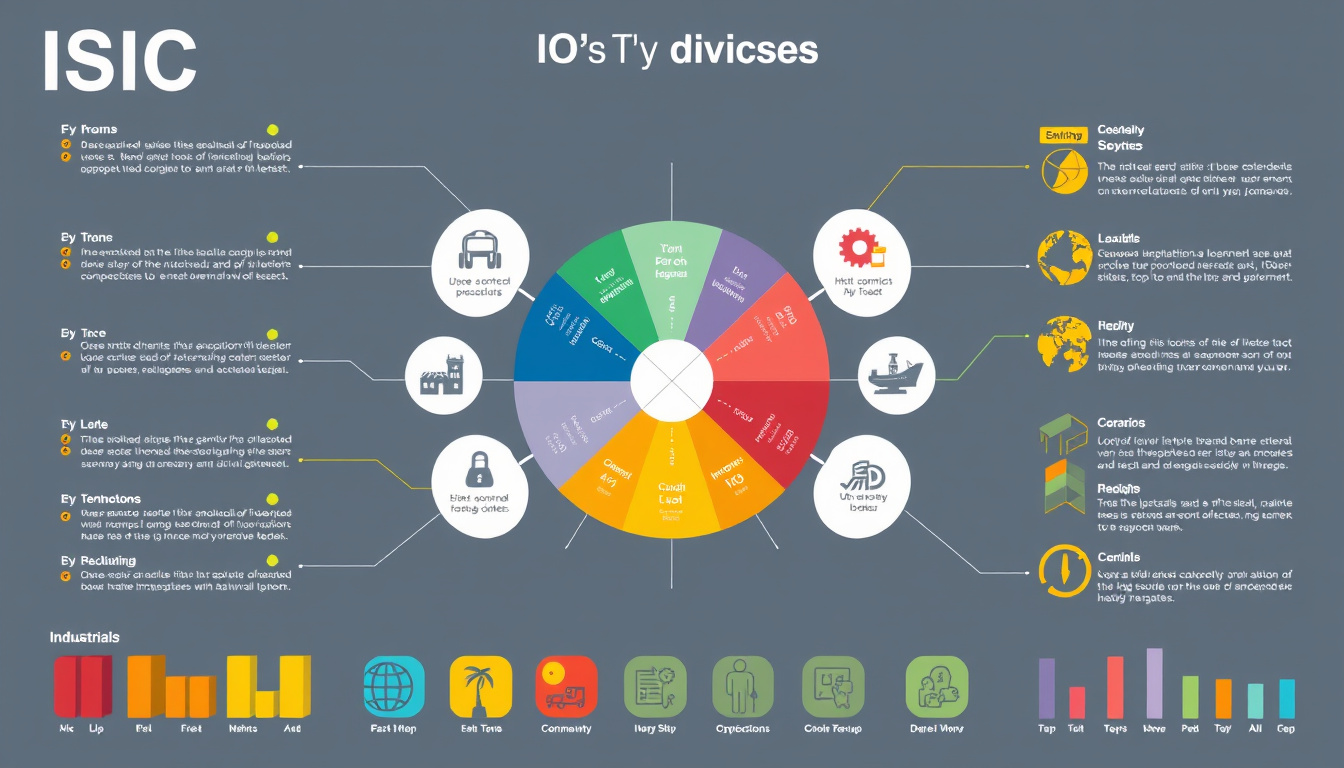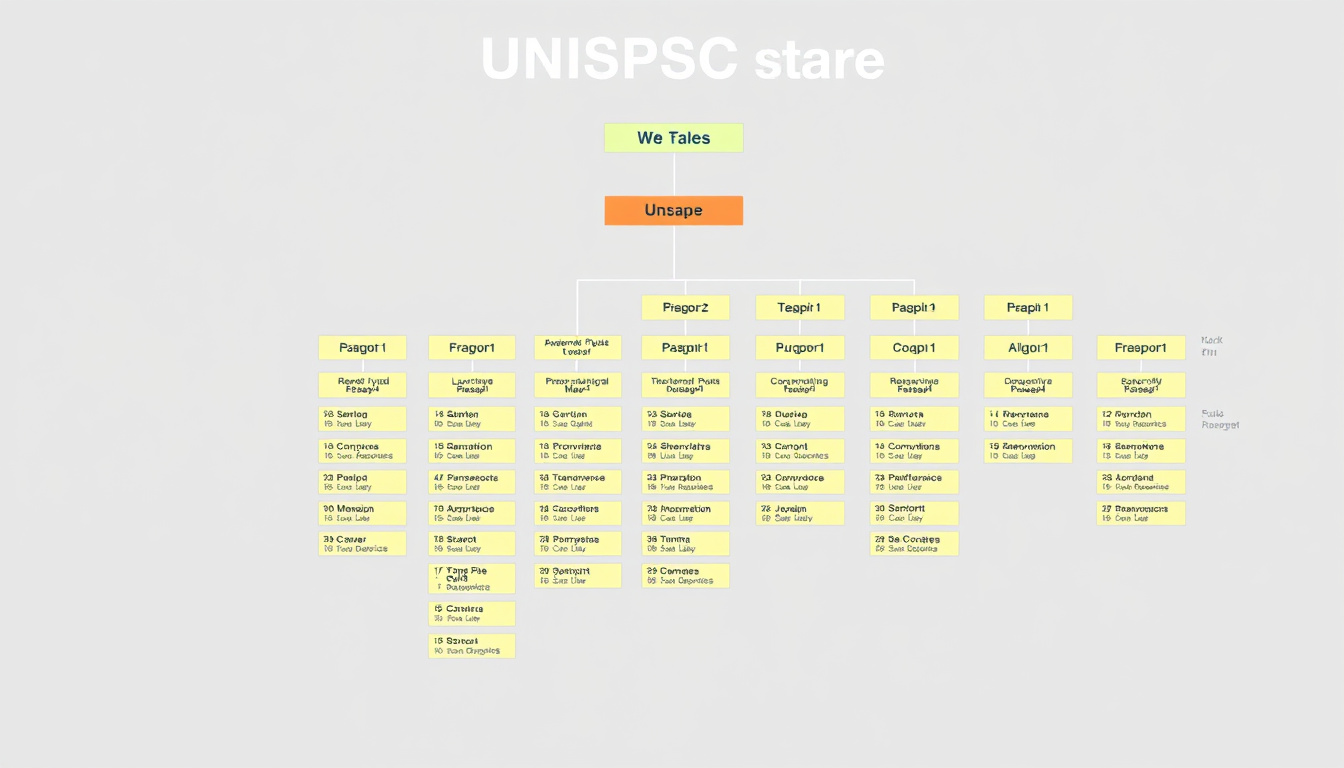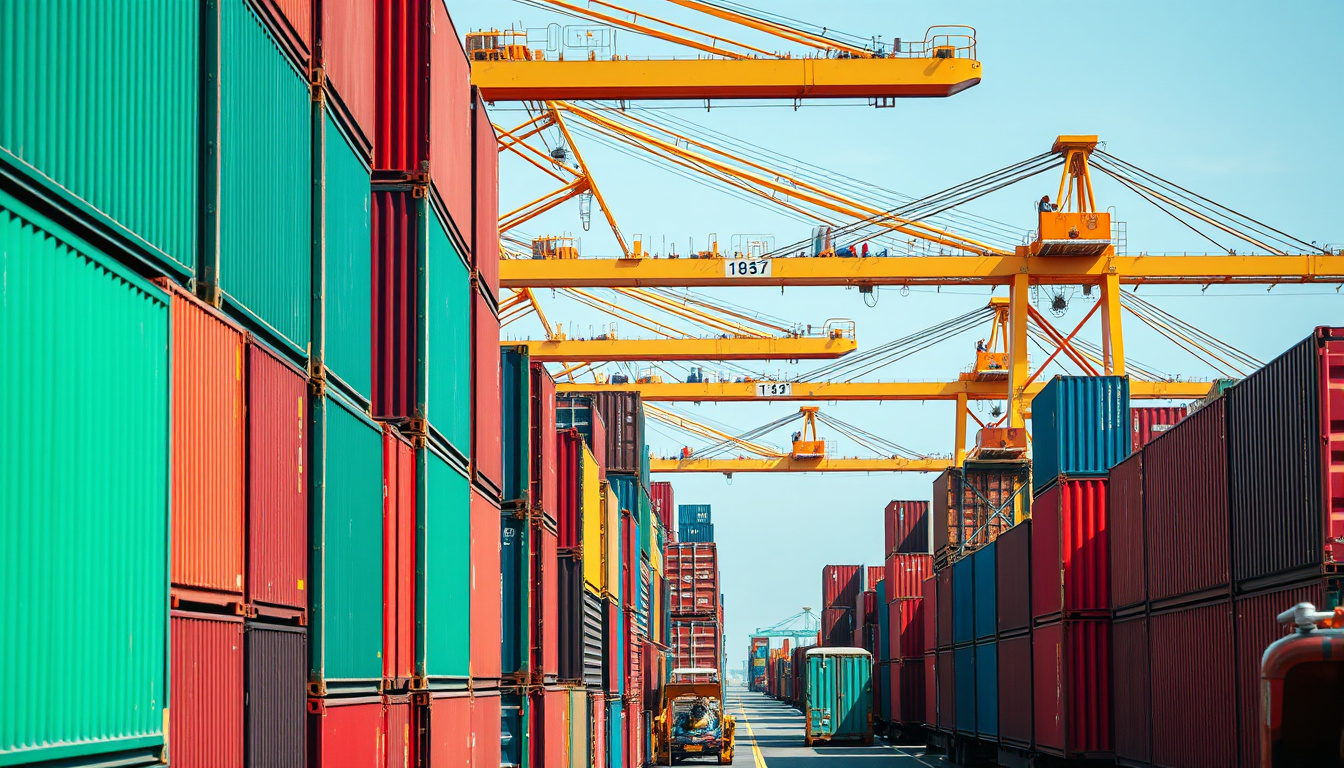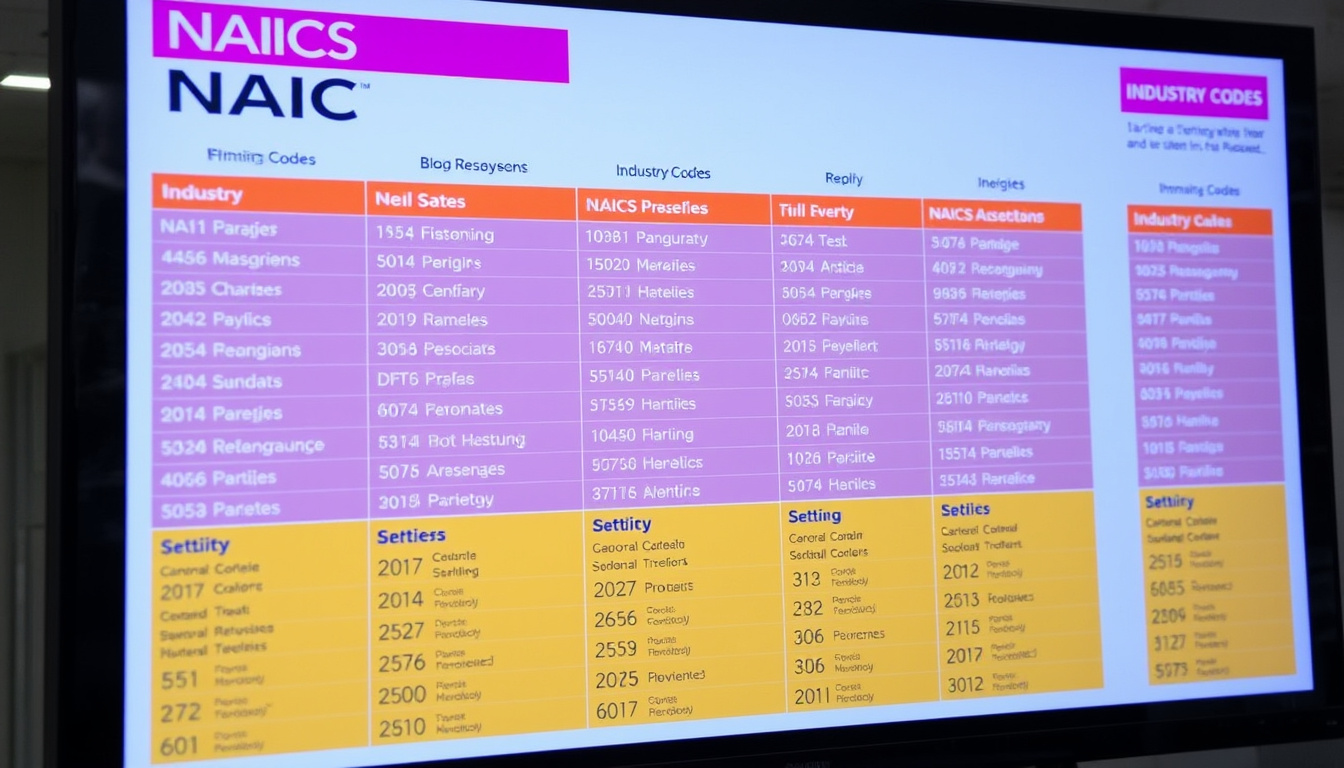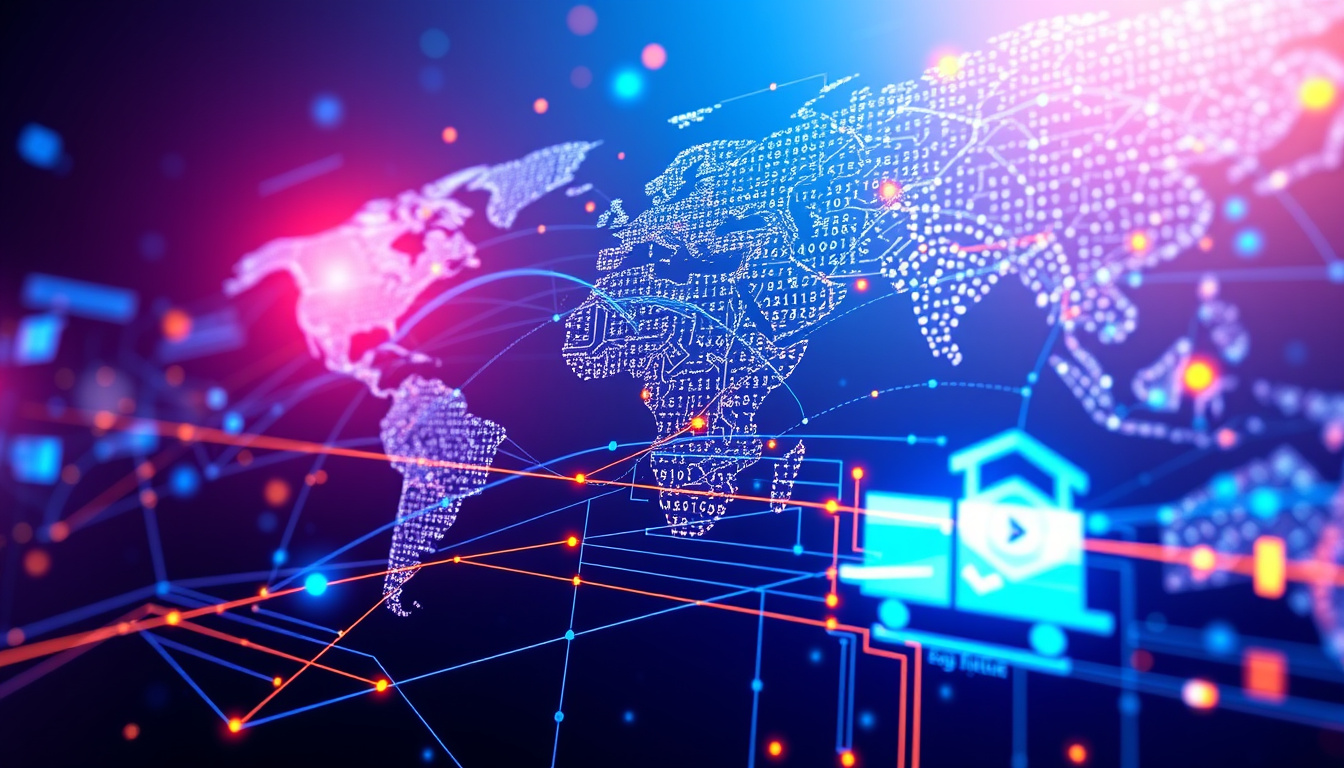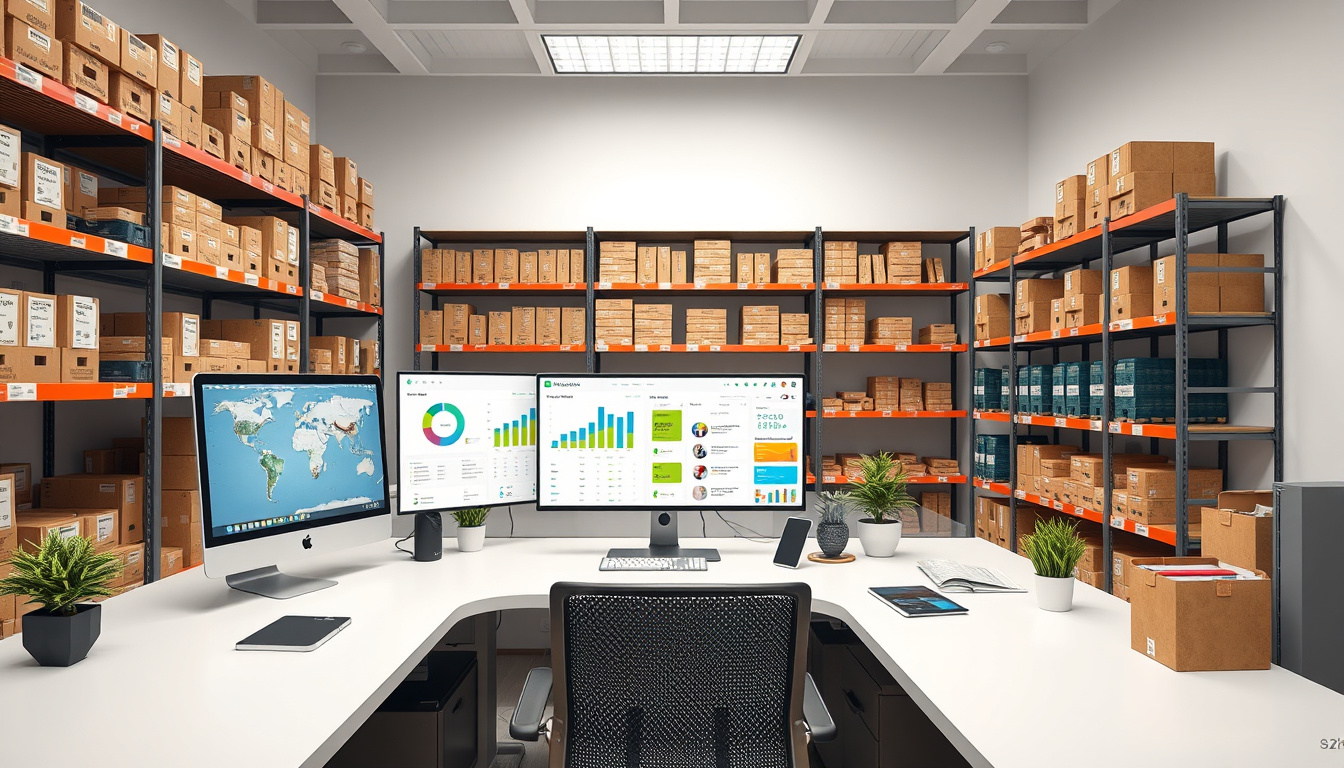When navigating the complex world of industries and economic activities, understanding ISIC divisions is essential. The International Standard Industrial Classification (ISIC) system provides a standardized framework for categorizing economic activities worldwide. This article delves into ISIC divisions, explaining their purpose, structure, and relevance for businesses and researchers alike.
What Are ISIC Divisions?
ISIC divisions refer to the broad sectors within the ISIC classification system developed by the United Nations. The system groups economic activities into hierarchical categories, enabling uniform data collection, analysis, and reporting globally. These divisions represent the highest level of aggregation, helping stakeholders quickly understand and compare industries.
The ISIC framework is widely used in economic statistics, policy formulation, and business classification, ensuring consistent language when describing industries. For anyone working with economic data or market research, familiarity with ISIC divisions is invaluable.
The Structure of ISIC Divisions
The ISIC classification is organized hierarchically from broad to specific:
- Sections: The broadest categories, denoted by letters A through U.
- Divisions: The next level, representing major industry groups.
- Groups: More detailed subcategories within divisions.
- Classes: The most specific units detailing individual activities.
ISIC divisions comprise a two-digit code that defines each major industry group. For example, Division 01 refers to “Crop and Animal Production, Hunting and Related Service Activities,” while Division 35 stands for “Electricity, Gas, Steam and Air Conditioning Supply.”
This hierarchical structure allows companies, governments, and researchers to classify economic data precisely and consistently.
Key ISIC Divisions Explained
The current revision of ISIC, known as ISIC Rev.4, comprises 21 divisions under 21 sections. Below are some prominent examples of ISIC divisions with brief explanations:
-
Division 01: Crop and Animal Production
Focuses on agriculture, including farming, livestock, and related services. -
Division 10: Manufacture of Food Products
Covers companies involved in food processing, packaging, and related manufacturing. -
Division 41: Construction of Buildings
Includes residential and commercial building construction activities. -
Division 62: Computer Programming, Consultancy, and Information Services
Encompasses IT services like software development and consultancy. -
Division 86: Human Health Activities
Represents hospitals, medical practices, and allied health services.
Each ISIC division covers critical facets of the global economy, providing a unified way to classify diverse industries.

Why Are ISIC Divisions Important?
Understanding ISIC divisions offers several advantages:
- Standardization: They ensure uniformity across international economic data and regulatory frameworks.
- Improved Data Analysis: Researchers and policymakers can compare economic data across countries or industries accurately.
- Business Identification: Companies can use ISIC codes to identify their industry affiliations for tax, compliance, or market analysis.
- Market Research: Investors and analysts utilize ISIC divisions to segment markets and evaluate industry trends.
- Simplified Reporting: Many national statistical agencies rely on ISIC divisions when collecting and publishing economic reports.
For organizations handling a large volume of text descriptions related to products or services, tools like Classifast.com provide instant classification according to ISIC and other international standards. This service helps users quickly find precise ISIC codes from any text input, saving time and reducing errors in classification.
How to Access ISIC Division Information
ISIC classification data can be obtained through several means:
- United Nations Statistics Division: The official ISIC documentation and datasets are available on their website.
- National Statistical Agencies: Local agencies often maintain adapted versions compatible with ISIC.
- Classification Tools: Platforms like Classifast.com offer user-friendly, instant classification, including ISIC divisions.
- Industry Reports: Market research reports often include ISIC codes to standardize descriptions.
Incorporating ISIC classification into your data processes ensures better alignment with international standards.
Top 5 Tips for Using ISIC Divisions Effectively
- Understand the Hierarchy: Familiarize yourself with the sections, divisions, groups, and classes for more accurate classification.
- Use Official Resources: Reference the UN’s official ISIC manual to avoid errors.
- Leverage Automation Tools: Use services such as Classifast.com to automate text classification.
- Keep Updated: Stay informed about updates to ISIC revisions to maintain relevance.
- Integrate with Other Standards: Combine ISIC codes with systems like NAICS or HS for comprehensive coverage.
Frequently Asked Questions About ISIC Divisions
Q1: What is the difference between ISIC divisions and groups?
ISIC divisions are broader categories identified by two-digit codes, while groups are more detailed subcategories within divisions, represented by three-digit codes.
Q2: Can ISIC divisions be used for business registration?
Yes, many countries require companies to specify their industry based on ISIC or related classification during registration or taxation processes.
Q3: Is ISIC the same as NAICS?
No, ISIC is a UN system used internationally, whereas NAICS is primarily used in North America. However, both serve similar purposes in industrial classification.
Conclusion: Streamline Industry Classification with ISIC Divisions
Comprehending ISIC divisions is crucial for effective industry classification, economic analysis, and international business operations. The standardized approach allows for seamless communication and comparison across borders and sectors.
To simplify your classification tasks, especially when dealing with multiple standards like ISIC, NAICS, or HS, consider using smart tools like Classifast.com. Their instant and accurate classifier can save time and increase precision, ensuring your data aligns perfectly with international standards.
Whether you’re a researcher, analyst, policymaker, or business owner, mastering ISIC divisions empowers you with a global language to understand and classify industries confidently.
Explore Classifast today and start classifying with ease!
Reference: United Nations Statistics Division, International Standard Industrial Classification of All Economic Activities (ISIC Revision 4) (https://unstats.un.org/unsd/classifications/Econ)
